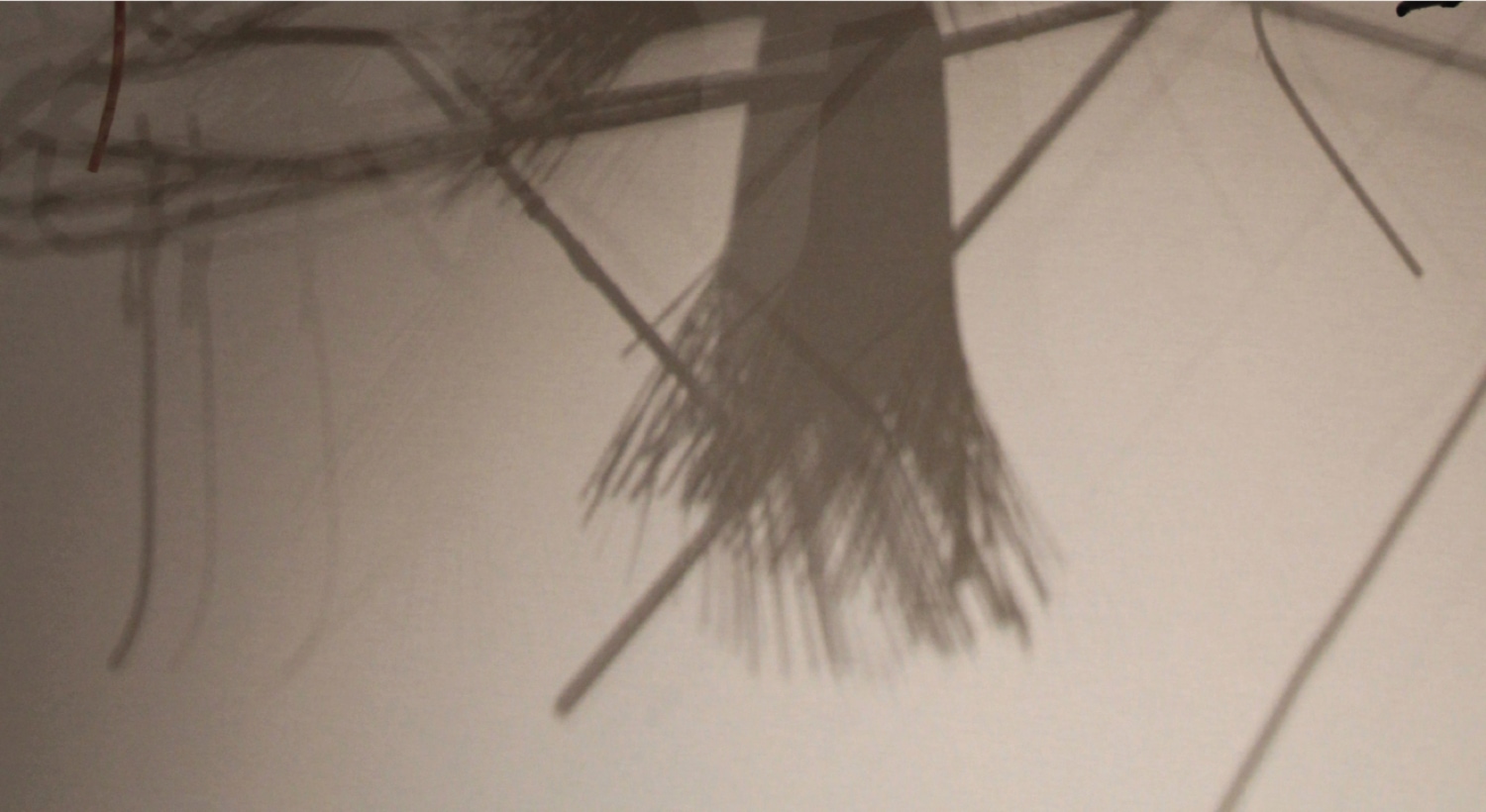“Space has its specific quality, just as sounds and smells have colours, and feelings have a certain weight.”
Claude Levi-Strauss, Sad Tropics, 1955
I believe that every city or even village has its own characteristic and mood. This covers many aspects from scent, color, texture or pattern, to the lifestyle of the inhabitants and tradition. This belief became obvious to me when I first visited Baan Na Sa Mai, the craft village located in the northeast of Thailand, where the Kratip has been produced since 1935.
Spending time with the craft community there, my inspirations for designing experiences within retail stores was fully formed and grown. During that time, I conducted research on its people, history and tradition of the Kratip making as well as gathering materials such as experience, visual stimuli and emotion, and brought all those ingredients (in every sense) home. The insights I had then paved the way to realizing my prototyping retail space. It also influenced and directed my designing decision to translate all my finding. Through collaboration with Baan Na Sa Mai community, a great number of traditional Kratips and the unfinished parts of it were crafted for fulfill my virtual retail space that was set at my home studio.
The space is divided into three sections. The first one is where the Kratip cabinet is presented, The second space showcases a simple traditional meal of which the recipe was provided by the community and the last area is a mini exhibition where the stories of craftsmanship and the community’s leader are being portrayed. Furniture or tactile elements within some sites are a combination of the forgotten and unwanted materials from my surrounding. The decoration throughout the space is mainly from an unfinished and abandoned part of the Kratip, aiming to highlight its beauty in every stage, while paying homage to the imperfection and rawness of a humble product that is handmade by human soul.
This space becomes a place where many different types of interactions could happen. Each site not only activates the individual’s five senses, but also connects one to the past, the forgotten folk wisdom and the craftsman’s ways of life.

“We need to breathe the forgotten wisdom into our technology-dominated civilization, to allow modesty and humility back into our hearts, and to restore the precarious relationship between humanity and the rest of nature and among people themselves.”
Kenya Hara